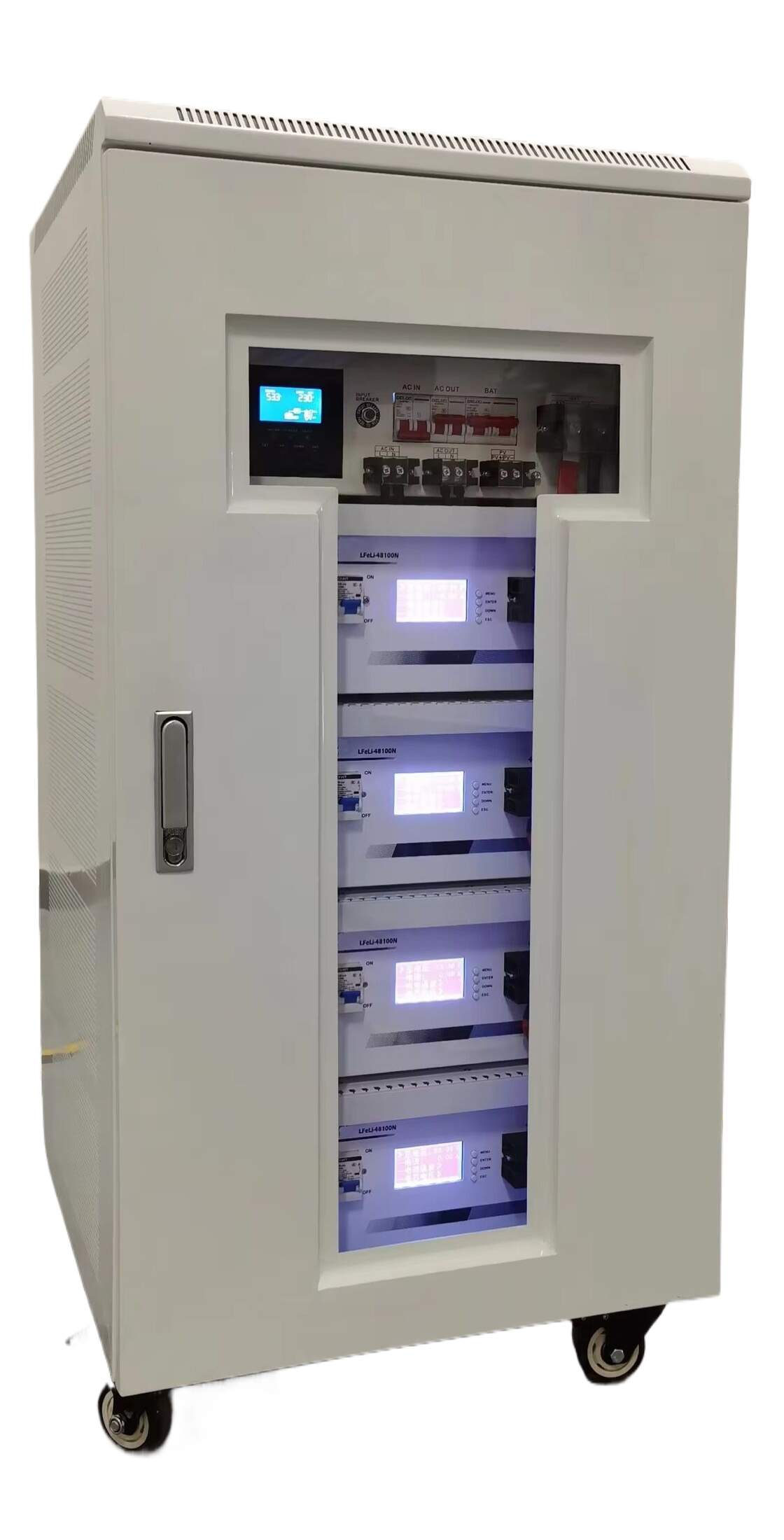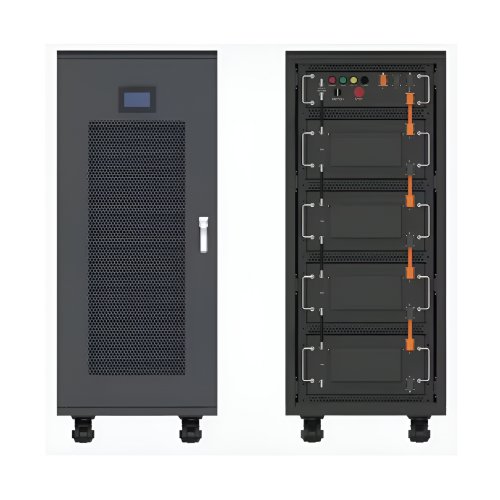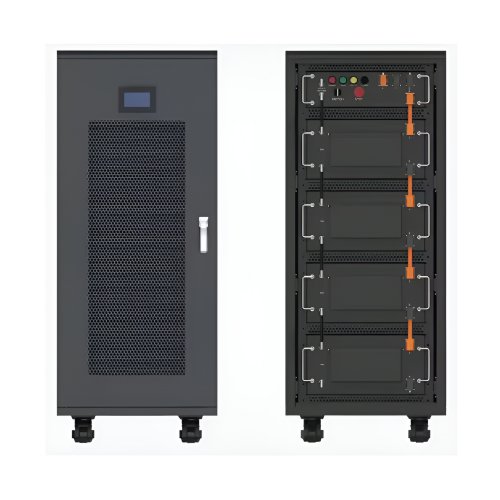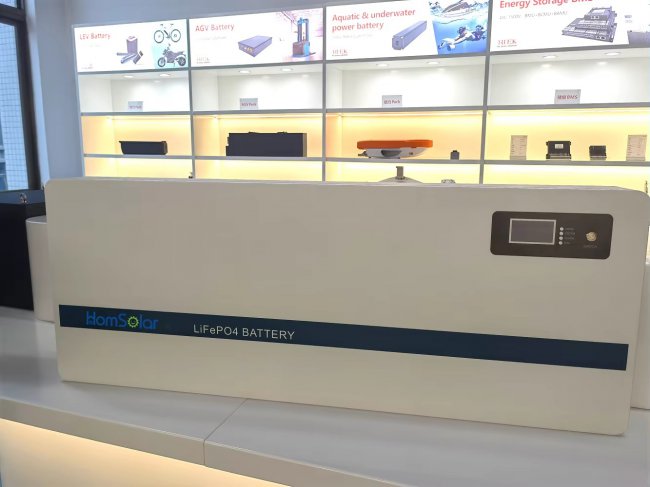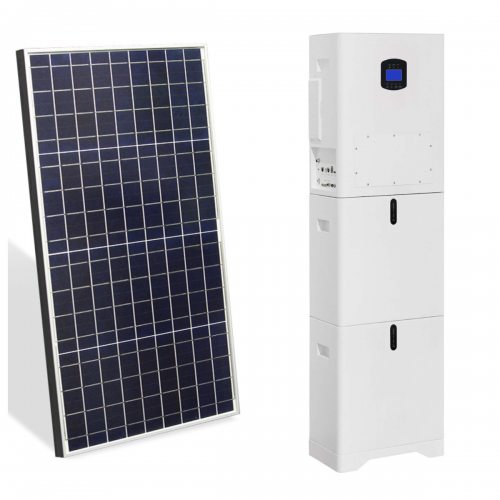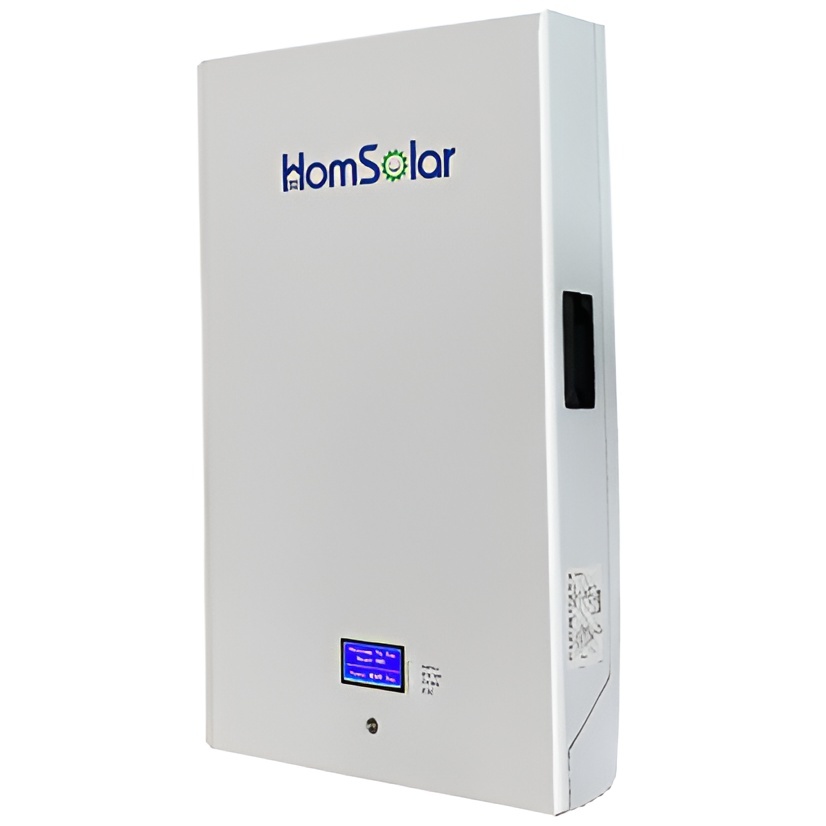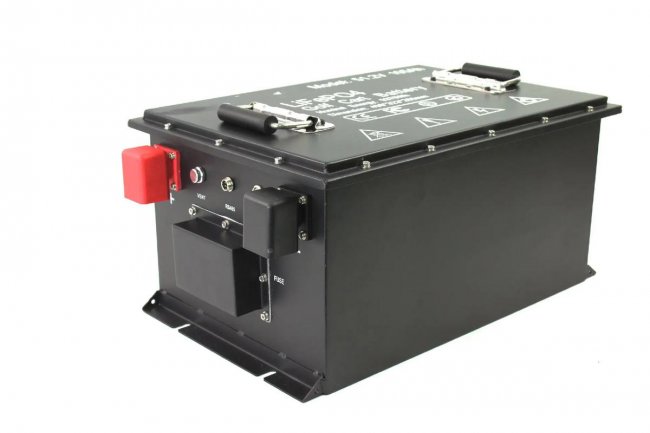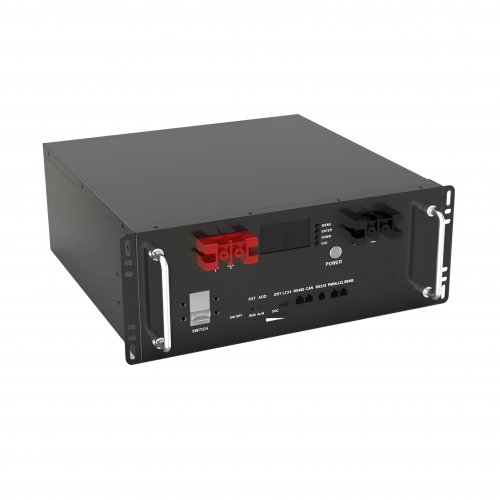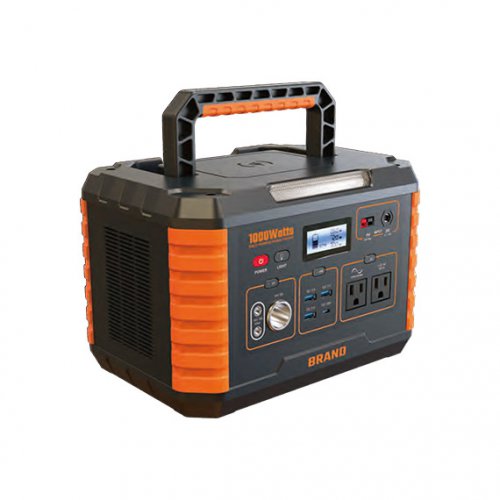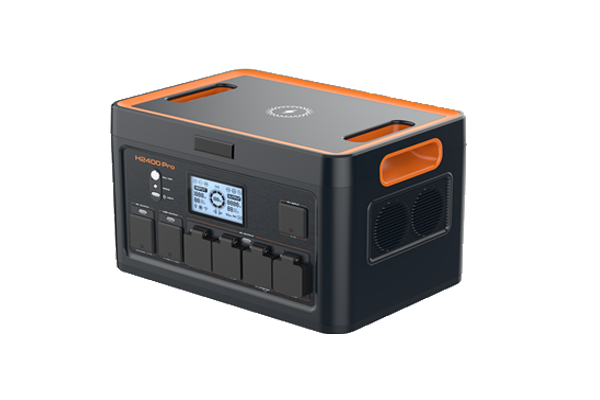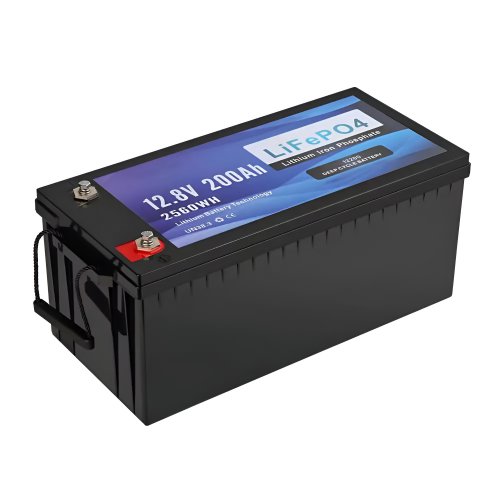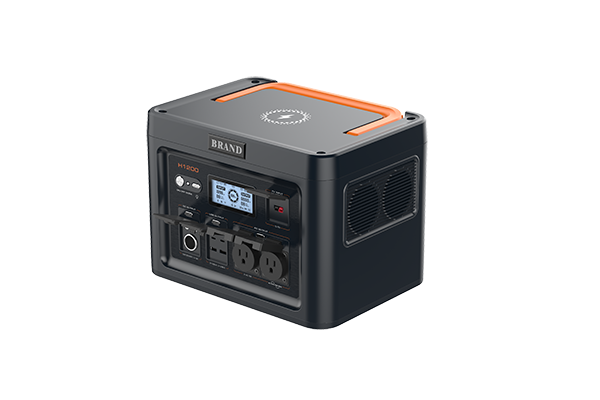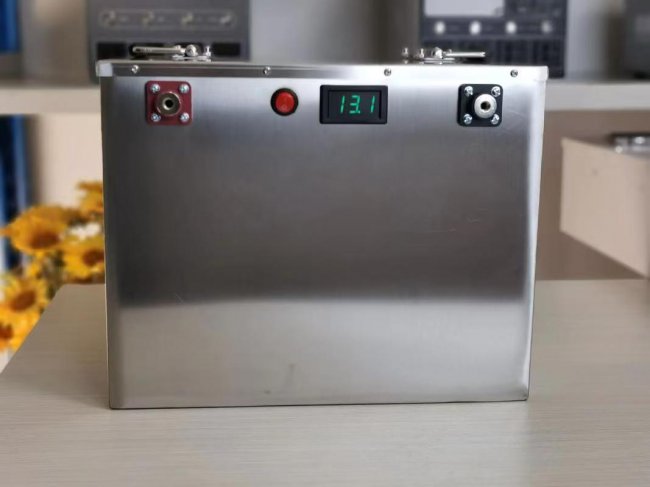African solar looks beyond donor nations for investment
Until relatively recently, African solar projects such as the 1.8 GW Benban site in Egypt were in part funded by donor support. This is not a sustainable long term model because of the limited finance available from donor nations. It would be more effective for donors and multilateral organizations to help encourage greater private sector participation through funding PV projects directly, investing in grid development, and encouraging governments to provide attractive investment terms.
Around 600 million of the African continent’s 1.5 billion people are currently without access to electricity at home, a number which means 83% of the world’s electricity-deprived people are in Africa. Africans are being connected to grids and benefiting from residential PV kits, but the number being connected is growing more slowly than the continent’s population. As a result, many continue to rely on firewood or charcoal for lighting and cooking and those with electrical devices must pay to charge them at solar kiosks or rely on friends and family.
Lack of access to electricity is a big brake on economic growth and improvements to living standards so multilateral bodies, donor organizations, and African governments have launched a series of programs aimed at improving the situation. By far the biggest is the Mission 300 plan launched by the World Bank Group and the AfDB in April 2024, which aims to halve the number of Africans without access to electricity to 300 million by 2030.
A combination of the continent’s massive untapped solar resource and falling PV project costs mean that solar power will be key to achieving the Mission 300 goal. There is likely to be increased funding both for solar developers and for ancillary support, such as grid improvements, under the Mission 300 initiative.
Making connectionsUnder the program, the World Bank has taken responsibility for helping to offer 250 million people access to electricity, and the AfDB 50 million. The organizations acknowledge that massive private sector investment will be crucial to reaching their target, so two World Bank entities – the private-sector-focused International Finance Corporation (IFC) and the Multilateral Investment Guarantee Agency (MIGA) – are collaborating to provide better incentives and guarantees for investors in the sector.
World Bank support is being funnelled through a range of initiatives such as the Accelerating Sustainable and Clean Energy Access Transformation Program, covering Southern and Eastern Africa. The World Bank’s International Development Agency (IDA) has committed $5 billion to the program and hopes to leverage another $10 billion in additional investment.
For its part, the AfDB has launched its Desert to Power project with the aim of developing a huge grid powered by 10 GW of solar generation capacity in the 11 countries in the Sahel region of Northern Africa, although specific solar project details are limited. From 2016 to 2022, the AfDB approved funding of $8.3 billion for energy projects, of which 87% were renewables-based and 2.6 GW of clean energy capacity has already been installed.
The multilaterals help finance PV projects directly but much of their support is targeted at grid investment; guarantees that reduce offtaker, currency, sovereign, and other investment risks; and advisory services. While advisory services can be beneficial, advisors engaged by multilaterals can sometimes increase the scope of projects and delay processes, according to Hans Olav Kvalvaag, CEO of the Release division of project developer Scatec.
Fabrizio Bonemazzi, training and capacity building area manager at the RES4Africa foundation, told pv magazine that multilateral financing can support pilot projects that help unlock specific markets at an early stage of development, with private finance easier to secure once a market has been opened up.
The Central African Republic (CAR) is one of the most difficult markets to enter. The country had just 38 MW of total installed power generation capacity in 2023, the same amount it had in 1980, and an electrification rate of just 14% of its population, falling to 2% in rural areas.
In response, the IDA provided a grant, rather than a loan, to develop the 25 MW Danzi solar project, which was completed in November 2023 by China’s Shanxi Investment Group. The IDA typically provides loans or equity-based funding. The World Bank hopes to lift the CAR’s electrification rate to 50% by 2030 via a string of further PV projects.
Special supportThe World Bank Group has directly supported more than 15 GW of solar capacity worldwide to date, with financing terms based on recipient countries’ risk of debt distress, gross national income per capita, and creditworthiness. Its role is particularly important in more complex African jurisdictions with higher degrees of risk, noted Release’s Kvalvaag.
“The African energy transformation cannot happen without multilaterals – the private sector has neither the funding nor the risk appetite to enter these markets without the risk mitigation that multilaterals can offer,” said the CEO. He added, the most important reason for the big gap between Africa’s renewable energy potential and the amount of new capacity developed is the cost of capital and lack of available finance.
Customized/OEM/ODM Service
HomSolar Supports Lifepo4 battery pack customization/OEM/ODM service, welcome to contact us and tell us your needs.


HomSolar: Your One-stop LiFePO4 Battery Pack & ESS Solution Manufacturer
Our line of LiFePO4 (LFP) batteries offer a solution to demanding applications that require a lighter weight, longer life, and higher capacity battery. Features include advanced battery management systems (BMS), Bluetooth® communication and active intelligent monitoring.

Customised Lithium Iron Phosphate Battery Casing
ABS plastic housing, aluminium housing, stainless steel housing and iron housing are available, and can also be designed and customised according to your needs.

HomSolar Smart BMS
Intelligent Battery Management System for HomSolar Energy Storage System. Bluetooth, temperature sensor, LCD display, CAN interface, UART interface also available.


Terminals & Plugs Can Be Customized
A wide range of terminals and plugs can be customised to suit the application needs of your battery products.

Well-designed Solutions for Energy Storage Systems
We will design the perfect energy storage system solution according to your needs, so that you can easily solve the specific industry applications of battery products.



About Our Battery Cells
Our energy storage system products use brand new grade A LiFePO4 cells with a battery lifespan of more than 4,000 charge/discharge cycles.



Applications in Different Industries
We supply customized & OEM battery pack, assemble cells with wiring, fuse and plastic cover, all the cell wires connected to PCB plug or built BMS.
Applications: E-bike, Electric Scooter, Golf Carts, RV, Electric Wheelchair, Electric Tools, Robot Cleaner, Robot Sweeper, Solar Energy Storage System, Emergency Light, Solar Power Light, Medical Equipment, UPS Backup Power Supply.
We can provide you with customized services. We have the ability to provide a vertical supply chain, from single cells to pack/module and to a complete power solution with BMS, etc.


HomSolar (Shenzhen) Technology Co., Ltd







